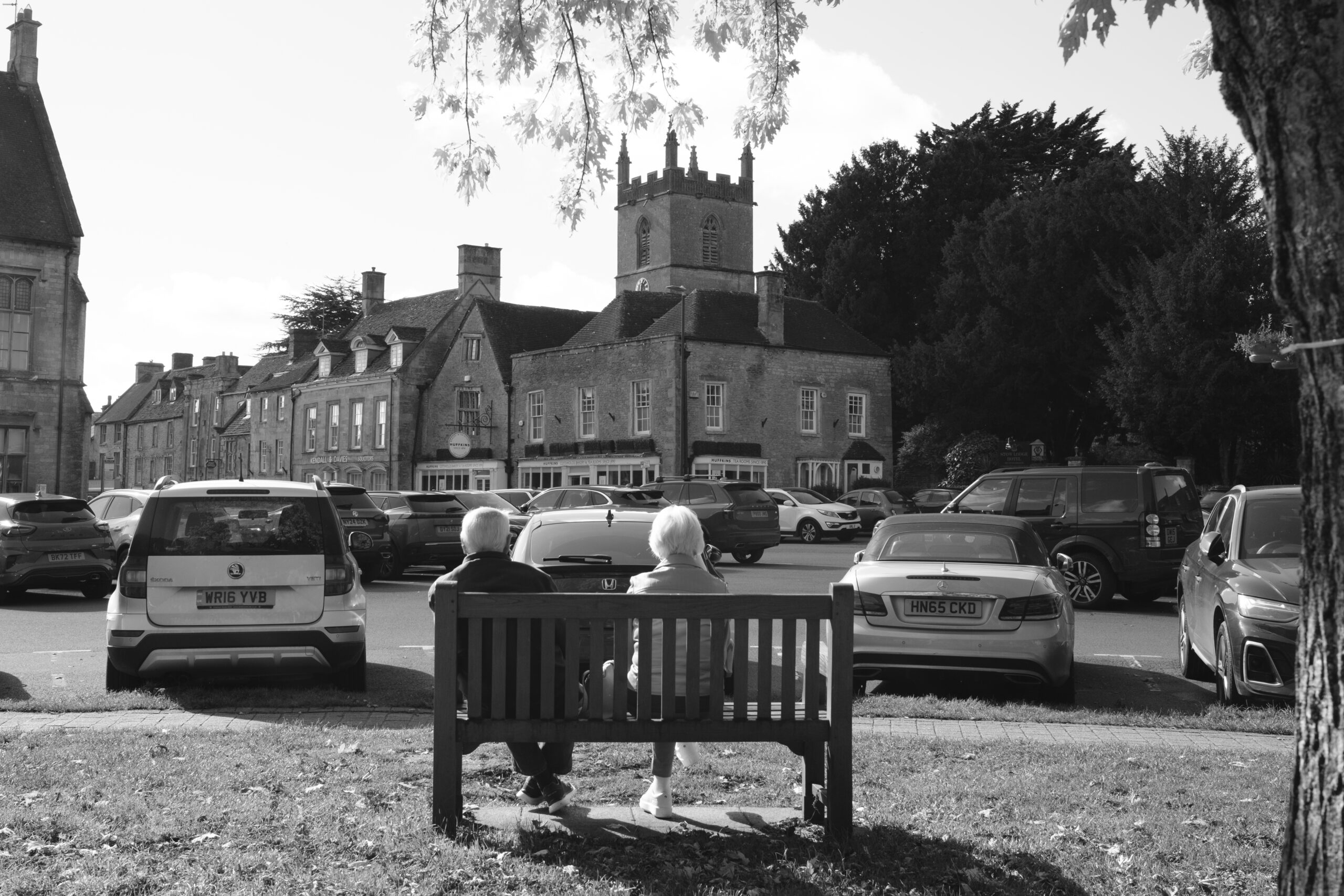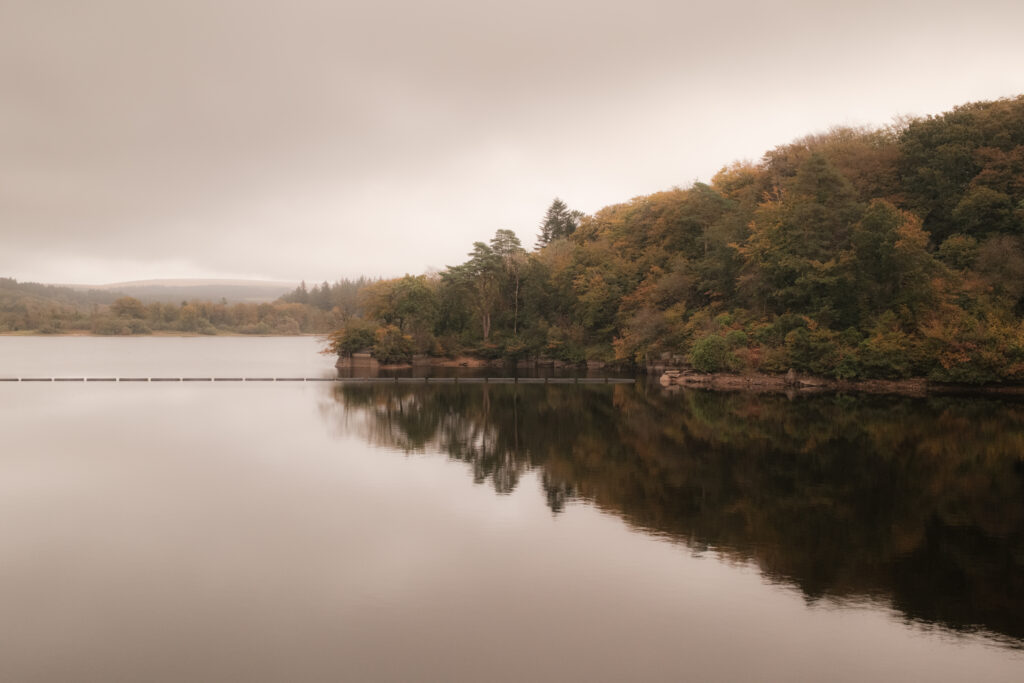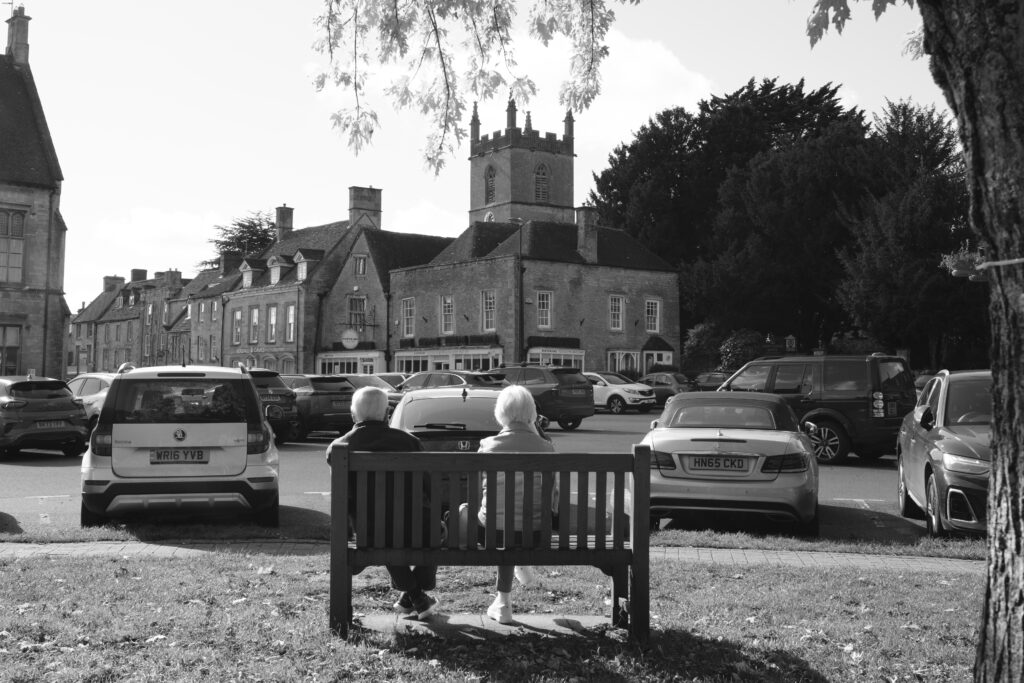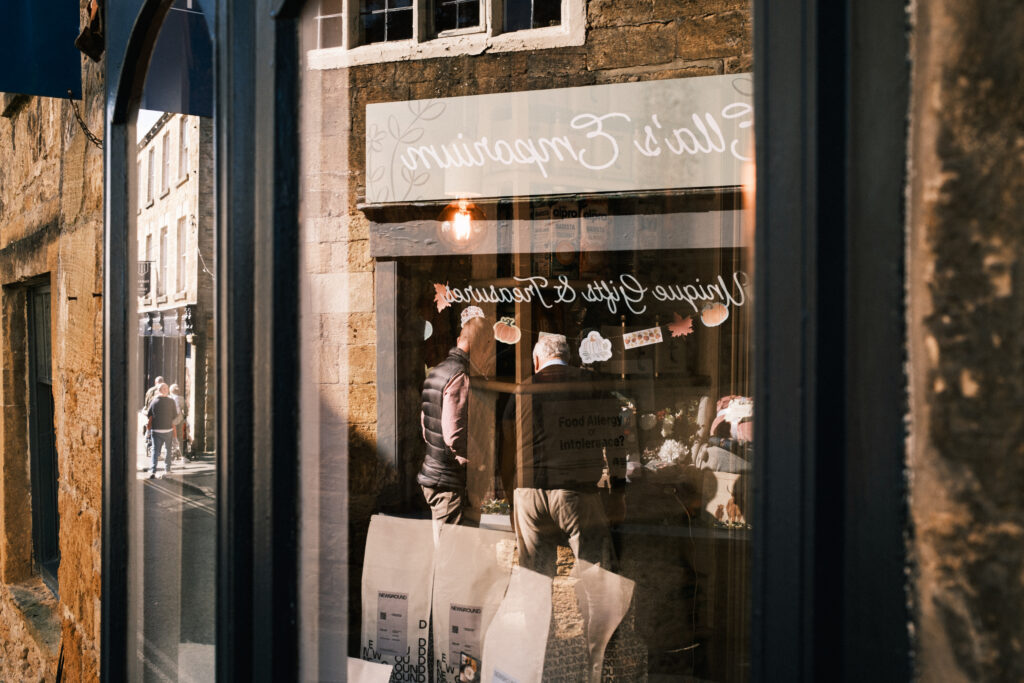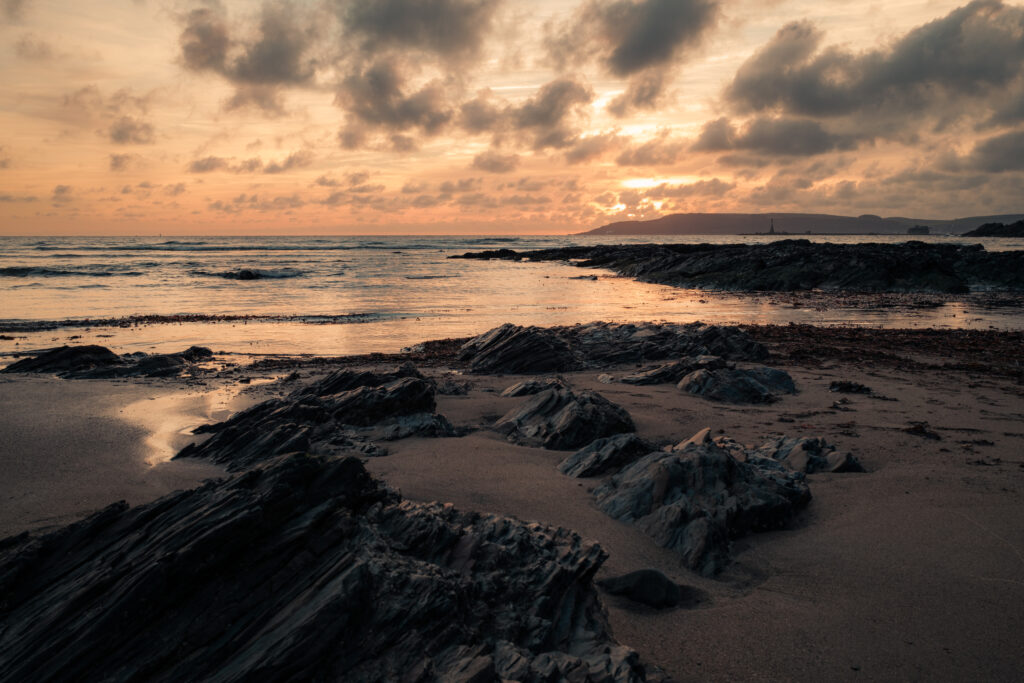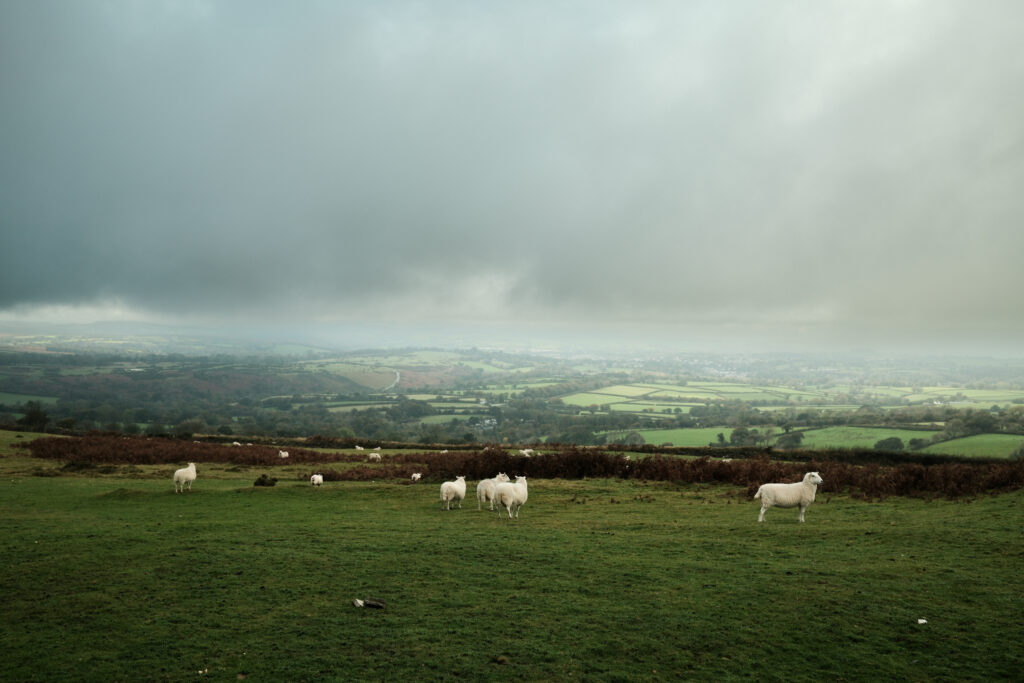Fuji X100Vi Review –
I’m starting this Fuji X100Vi review having owned several of the previous X100 series models.
As someone who has been drawn to Fujifilm’s X100 series for years, my experience with the latest model, the Fujifilm X100Vi, has only strengthened my admiration. This camera, with its 40MP sensor and thoughtful design, combines the simplicity of a fixed lens with the power of a high-resolution sensor, making it one of my go-to choices for documentary and travel photography, as well as an everyday carry for street photography. For anyone considering a compact, high-quality camera that allows you to focus on creativity without the distraction of switching lenses, the X100Vi is worth a closer look.
The 40MP Sensor: Versatile and Flexible
The X100Vi’s 40MP APS-C sensor is a significant upgrade from previous models, allowing for increased flexibility even with the fixed 23mm f/2 lens (35mm full-frame equivalent). The higher resolution offers the ability to crop images without a noticeable loss in quality—great for times when you need a tighter frame but only have one focal length. Whether shooting landscapes, portraits, or street scenes, the extra megapixels add flexibility that’s especially useful in a fixed-lens setup.
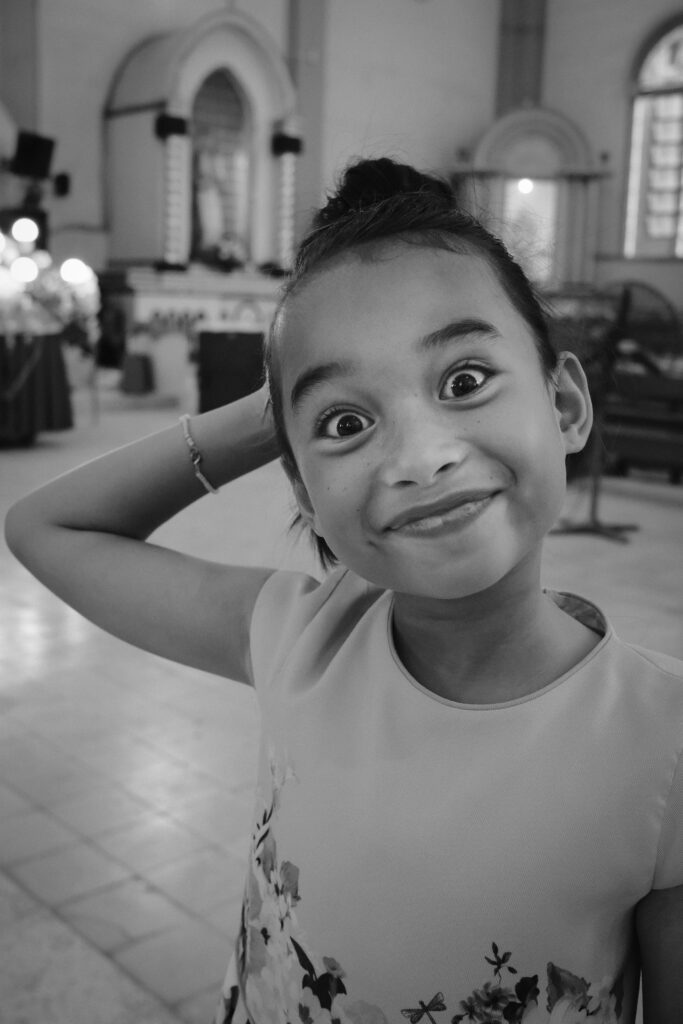
The Fuji X100Vi has A Sharp, Bright Lens with Classic Character
The built-in 23mm f/2 lens is sharp and handles a variety of lighting conditions well. The version on MyX100T was a little soft when shooting close up and wide open. This is no longer the case since the X100V.
At f/2, it’s bright enough to capture low-light scenes, yet offers pleasing bokeh that gives images character without compromising sharpness. This lens is versatile enough for landscapes, portraits, and street photography, and I’ve found it to be ideal for my documentary projects, where a natural look is often more impactful.
High-Quality Build, Even Without Japan-Made Label
Though the X100Vi is now manufactured in China, I’ve noticed no compromise in quality. It feels sturdy in hand, with a classic aesthetic that doesn’t draw unnecessary attention—a plus for candid street photography. The control dials for shutter speed, aperture, and ISO are tactile and easy to use, especially when shooting one-handed. Compared to my Fuji XT5, the ISO dial on the X100Vi is actually easier to adjust one-handed, a minor but noteworthy convenience.
Fuji X100Vi review: Leaf Shutter and Built-In ND Filter
One of my favorite features on the X100Vi is the leaf shutter, which allows for faster flash sync speeds—up to 1/2000 of a second. it is also subtle in use and offers a pleasing sound. This, combined with the built-in flash, enables subtle fill-flash effects that can be really helpful with outdoor, backlit portraits. The internal ND filter is another feature that shines, especially for bright conditions. Having previously used the X100T in the Philippines, I know how useful this ND filter can be in sunny climates, allowing for wide apertures without having to resort to the electronic shutter or worse still, over exposed photos.
In-Body Image Stabilization (IBIS): Enhanced Low-Light Capability
One of the notable upgrades with the X100Vi is the inclusion of in-body image stabilisation (IBIS). For a compact, fixed-lens camera, this is a significant feature, particularly for photographers who often find themselves shooting in low-light conditions. The IBIS system compensates for minor camera shakes, which is incredibly useful when shooting handheld at slower shutter speeds.
In practical terms, IBIS is especially beneficial when there’s limited ambient light, and you’re shooting a static scene. It allows you to lower the shutter speed without introducing motion blur, helping you capture sharp images while keeping ISO levels down. This is a feature I’ve found invaluable as the light fades during a shoot. Previously, with older models like the X100T, I’d often have to raise the ISO to maintain sharpness. With the X100Vi, I can drop the shutter speed, allowing the sensor to capture more light and keep noise levels to a minimum.
For a documentary and travel photographer, this enhancement makes the X100Vi even more versatile, especially when conditions aren’t ideal. It’s one more reason why this camera is proving to be my go-to choice for personal projects and spontaneous shoots alike.
Ergonomics and Customisation
The X100Vi has a solid ergonomic design, but I’ve added a SmallRig thumb rest and grip extension to make it truly comfortable for extended shoots. While the camera’s grip is pretty small on its own, these additions have made it much easier to handle for all-day use. The lack of a D-Pad is a minor drawback; the camera relies more on the touchscreen and joystick for adjustments, although the main settings are quick to access. I prefer the XT5’s extra custom functions. Nonetheless, the camera’s small size and weight are ideal for travel, and with these added accessories, it’s even better.
Battery Life: Good for a Day of Shooting
Despite using the older NP-W126s battery, I’ve found battery life to be better than expected. A single battery often lasts me through most of a day, which is impressive given that it now has IBIS. I still carry spares, especially for long shooting days, but I’m pleased with the performance overall. Of course it can also be charged by USB-C.
Film Simulations and the Joy of Simplified Shooting
One of the highlights of Fujifilm’s X100 series has always been the film simulations, and the X100Vi is no exception. Classic Chrome and Nostalgic Neg are my favourites, offering pleasing colours that work well for documentary and travel photography. These simulations simplify my workflow by allowing me to use the JPEGs a lot of the time with minimal post-processing—a benefit when trying to stay focused on capturing moments rather than editing.
Supply Issues and Alternatives
Fujifilm’s X100Vi has been difficult to find. Preorder numbers were huge and it is now sold out in a lot of places. It took me approximately 2-3 months to get mine. While Fujifilm moved production to China to increase output, demand still outpaces supply, leading to high resale prices. While I’m happy to pay retail, I wouldn’t pay the inflated prices from scalpers (Mainly on principle).
For those seeking alternatives, the Ricoh GRIII is another popular compact option but lacks a viewfinder and doesn’t match the X100Vi in physical appeal. Another alternative, especially for those wanting lens flexibility, is the Fuji XT5 paired with a small prime lens. And for those interested in full-frame, the Nikon ZF with a 28mm or 40mm lens is also a solid choice, although it’s heavier and doesn’t feel as comfortable to hold. I did a video on the alternatives to the X100Vi which goes into more detail.
The Fuji X100Vi in Practice: From Landscapes to Street Photography
Having spent over a year in 2015 using the Fuji X100T (my review here) while traveling in the Philippines, I came to appreciate the X100 series for its versatility and simplicity. I shot landscapes, street scenes, portraits, and travel images, and the 35mm equivalent focal length has proven more versatile than expected. While the X100 series has become trendy on Instagram, its popularity shouldn’t detract from its capabilities for serious photographers. This camera inspires creativity, encourages composition-focused shooting, and becomes an extension of the photographer as you learn to see the world in a 35mm frame.
Control Dials, Hybrid Viewfinder, and Customisation Options
The X100Vi’s dedicated dials for shutter speed, aperture, and ISO are a joy to use, offering a tactile shooting experience. The hybrid viewfinder, which combines an optical viewfinder with an electronic overlay, is a unique feature that works well for street photographers. Personally, I use the electronic viewfinder most of the time, but it’s nice to have the optical option for situations where seeing outside the frame is helpful. The focus ring can also be customised to adjust settings, though I turned off this function since it often got accidentally knocked in my bag.
Fuji X100Vi review Conclusion: A Camera I’ll Never Part With
After extensive use, especially during my recent documentary project in Devon, I’m convinced that the Fuji X100Vi will remain in my kit for the foreseeable future. It’s currently the camera I reach for most often because of its simplicity, size, and capability to produce beautiful images without the need to consider lens choices. While alternatives like the Nikon ZF offer full-frame performance and better low-light capability, the X100Vi wins for me in terms of portability and ease of use. I simply want to pick it up and use it more than other cameras that I own. I own some fantastic cameras so that is very high recommendation indeed.
If you’re a photographer looking for a camera that inspires you to shoot, one that simplifies your gear choices and makes you focus on the art of seeing, the Fuji X100Vi is worth every penny. Follow my journey with this camera as I continue to explore its potential in various projects and locations. I’ll be sharing more about my experience on my YouTube channel and Instagram, and you can also subscribe to my newsletter on my personal website to stay updated on upcoming projects, including more adventures with the X100Vi in the Philippines.

